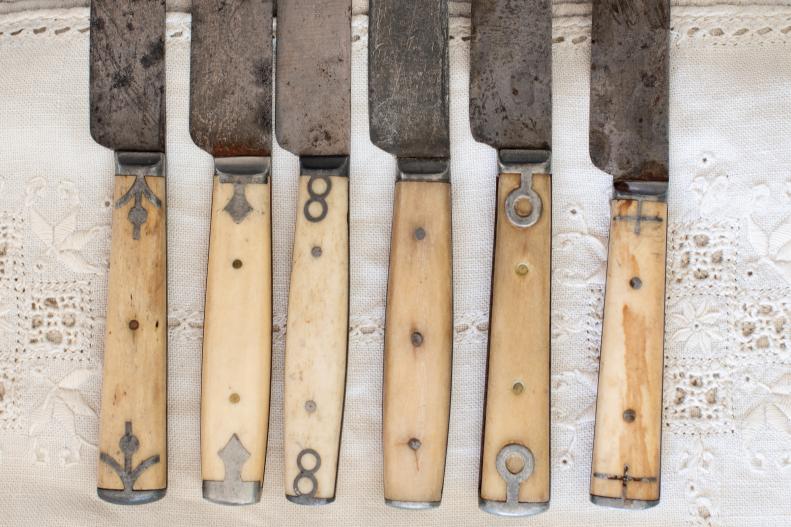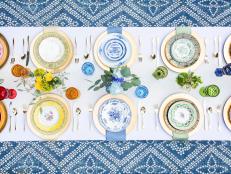1 / 11
Flatware: Jewelry for Your Dining Table
Antique and vintage flatware has a large fan base and, over recent years, has become increasingly popular with collectors. The appeal is understandable, because art and function come together in these beautiful, utilitarian pieces that tell a story of the time they were made and how they've been used over the years. For those wanting to start or grow a collection, here are some tips on identifying, collecting, and caring for various types of antique and vintage flatware, cutlery and silverware.












